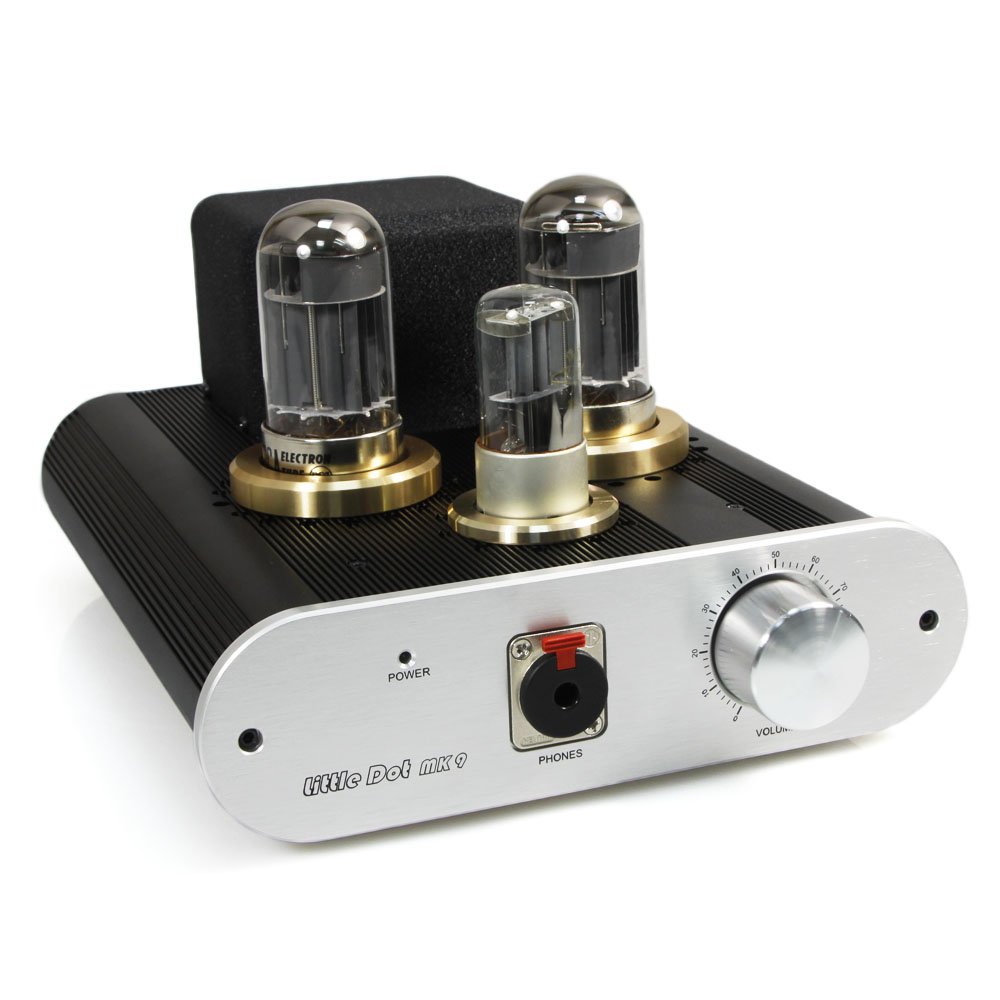foreign
100+ Head-Fier
- Joined
- Apr 5, 2013
- Posts
- 174
- Likes
- 11
I'm trying the mullards next once they arrive that is

One of the two 6AH6WA's glows quite a bit brighter than the other one and I don't notice any difference in sound.
Upon examining the tubes it appears that the brighter one's filament stick's up a little above the mica making it look brighter.
Any unforeseen problems with this? Or nothing to worry about?
Meine Switchen's have arrived... I am going to install these in the back panel of my LD to allow for easy strapping changes. (While powered off of course.)
I'll get circuit board pictures with this install.

When you do manage to get the PCB out, any chance you could take closeups of the circuitry next to the driver tubes? Like detailed pics of the area with all those resistors and gain switches? I've been trying to figure how the amp biases the driver tubes depending on the gain switches (like, actual values), but it's kind of hard to know without actually looking...

I will indeed do that!
I was also pondering the possibility of creating a schematic it when I had the board out as well, but I'll have to see how dense or complicated the routing is. It would be nice to have a schematic done up in a cad program, if not for modifying purposes it would just be interesting to have and I doubt LD would give us one.

Hi AFB,
Why don't you ask the designer of the MKIII/MKIV directly about the resistor values? His name is Sword Yang and the email address is : little.tube@gmail.com

 .
.
